Tuesday, March 8, 2022 -
A day anticipated from the start of the tour - the Pyramids of Giza!! This is the Great Pyramid or the
Pyramid of Khufu (the smallest
statue in the Egyptian Museum which we saw on our first day in Cairo). It took 27 years to build this pyramid
in 2600 BC. This pyramid was the tallest man-made structure for over 3,800 years.
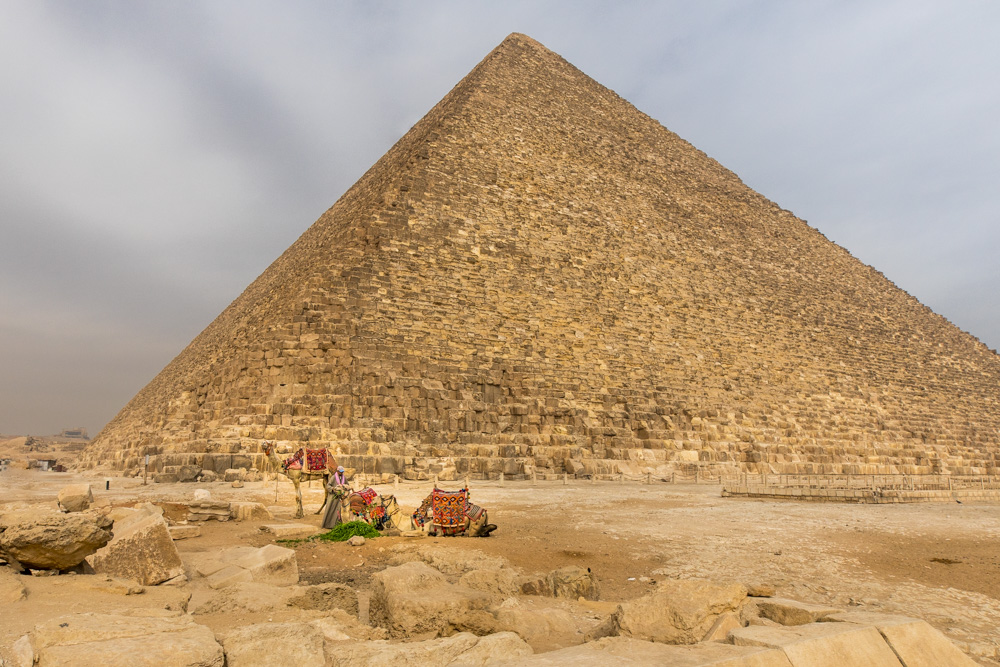
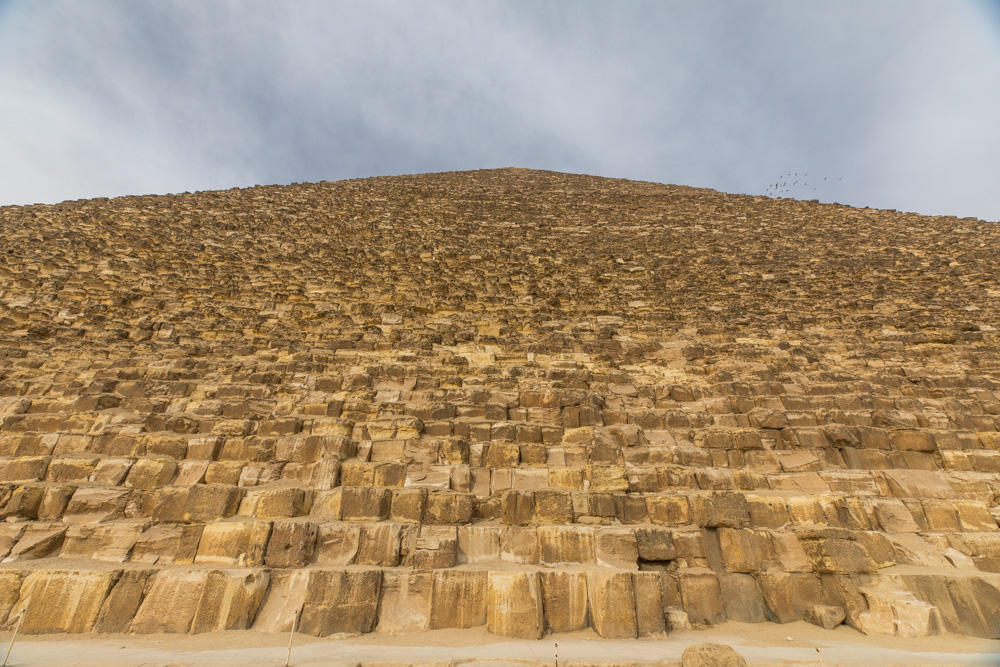
Most of the blocks were quarried at Giza just south of the pyramid, an area now known as the Central Field.
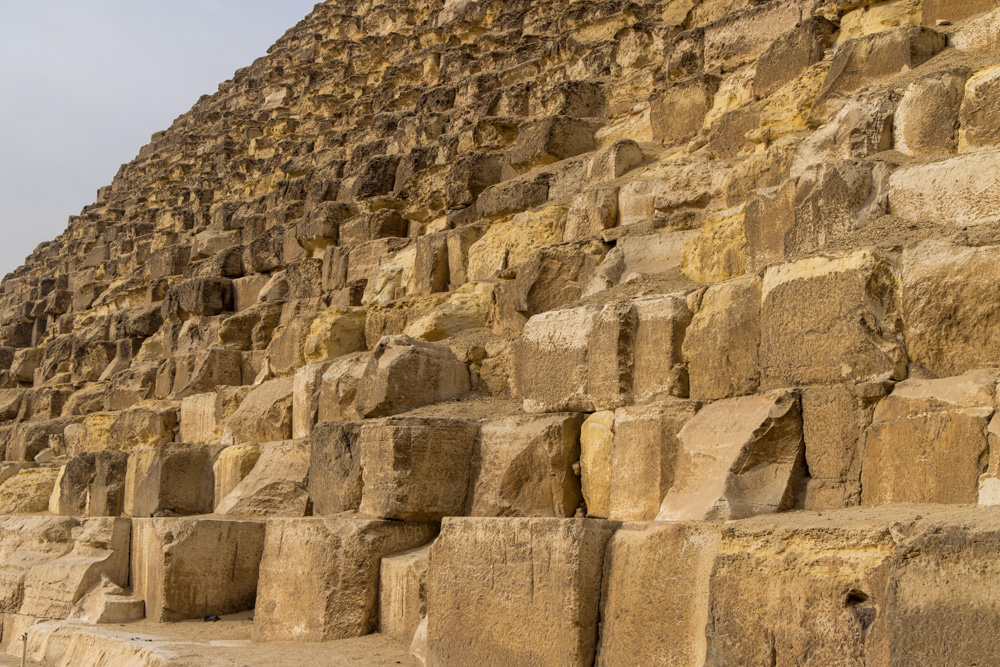
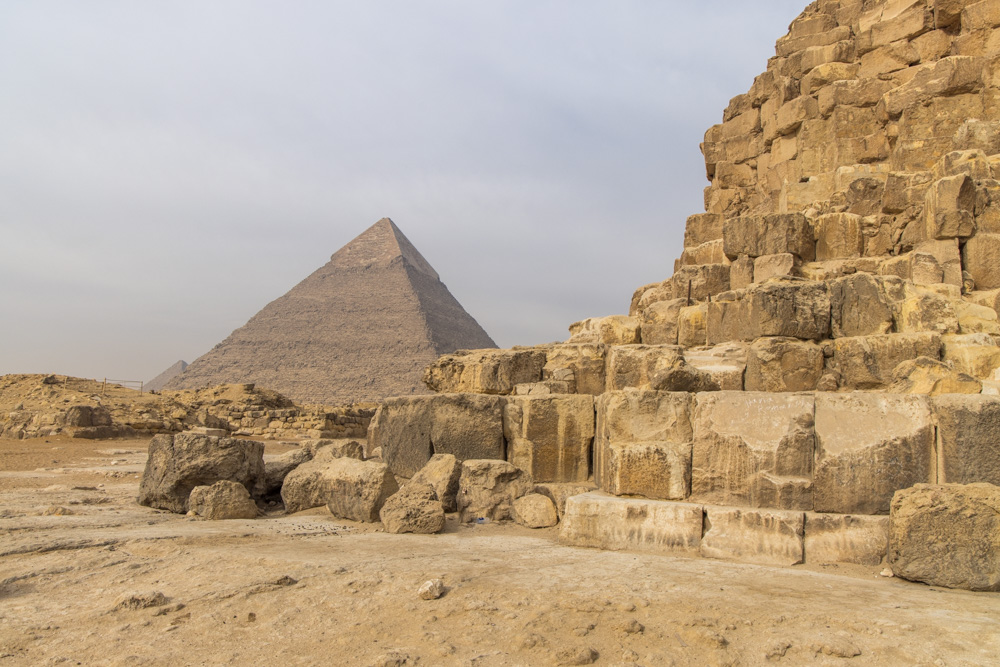
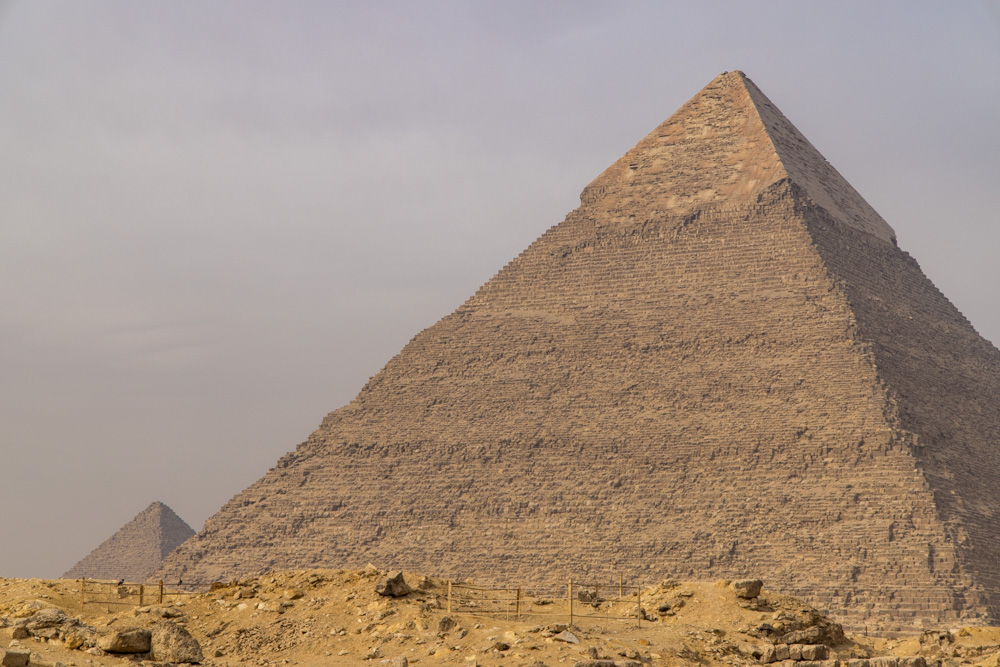
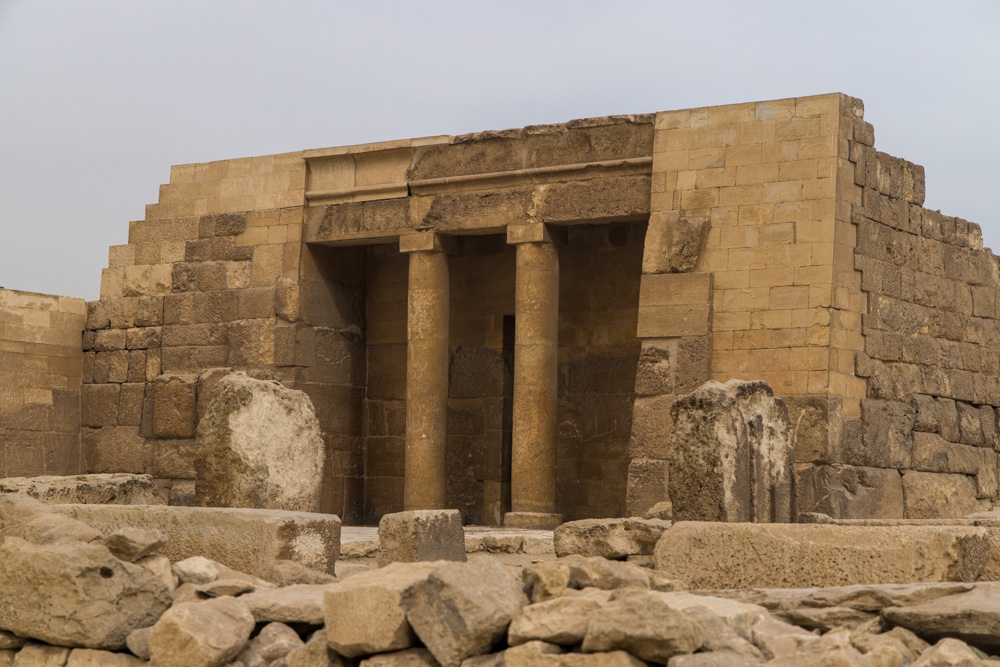
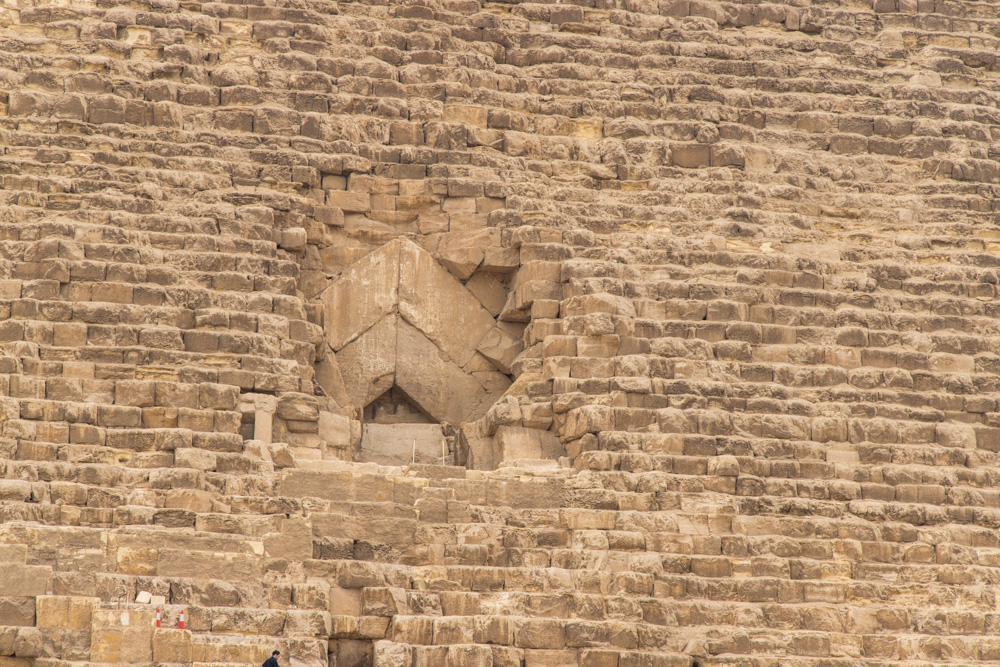

This is a panorama for the pyramids - from the left - the Great Pyramid, Pyramid of Khafre, and Pyramid of Menkaure. You can also see the queen pyramids to the far right. These are smaller pyramids for the queens of the pharaoh.
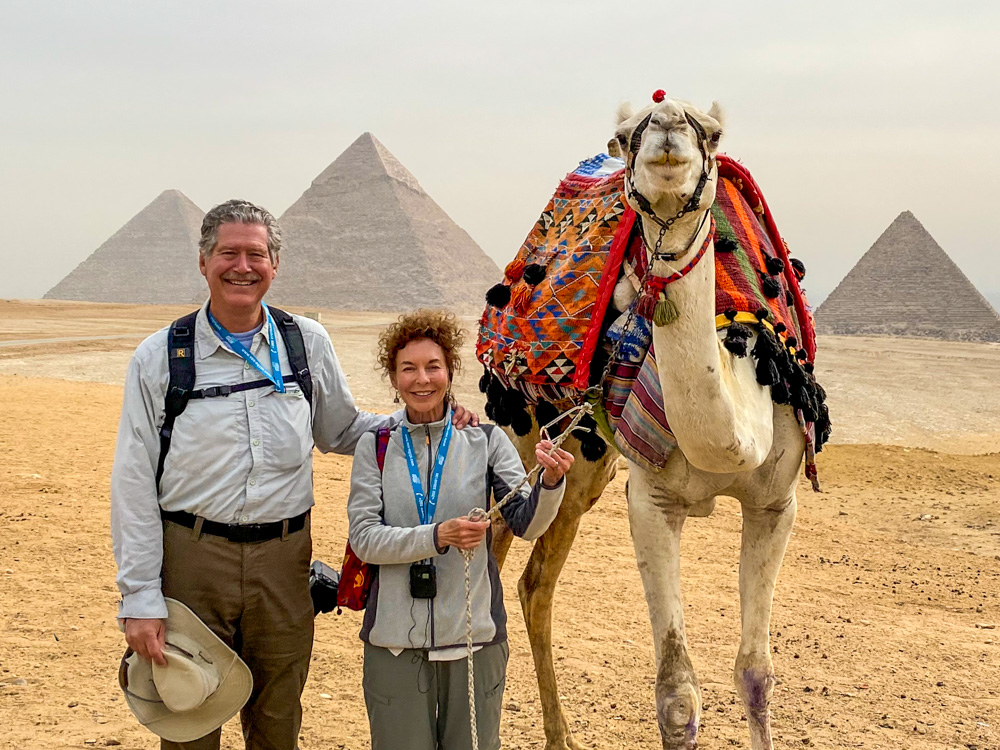
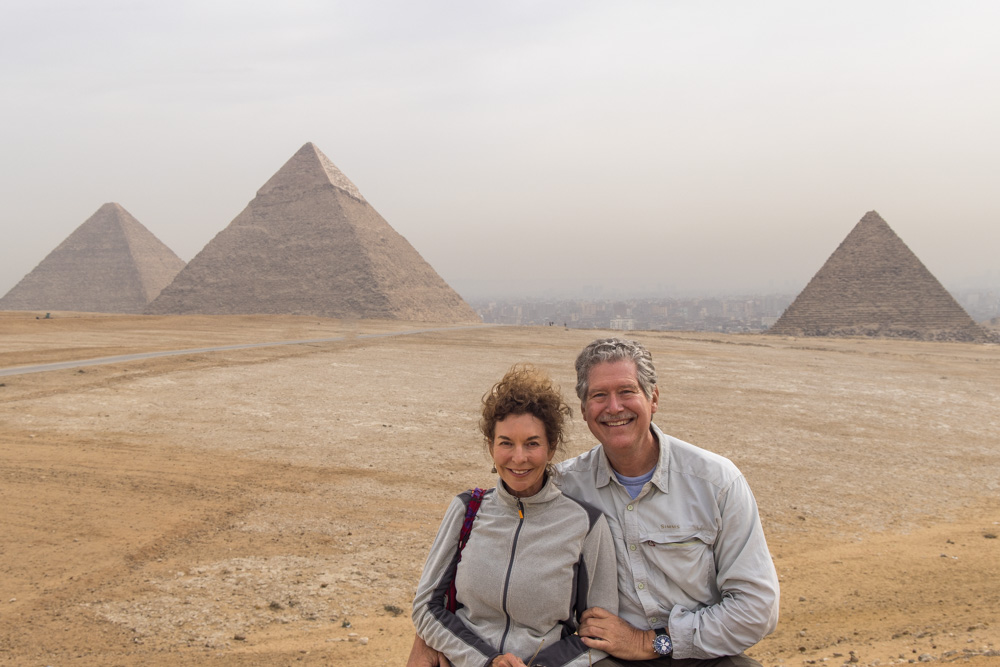
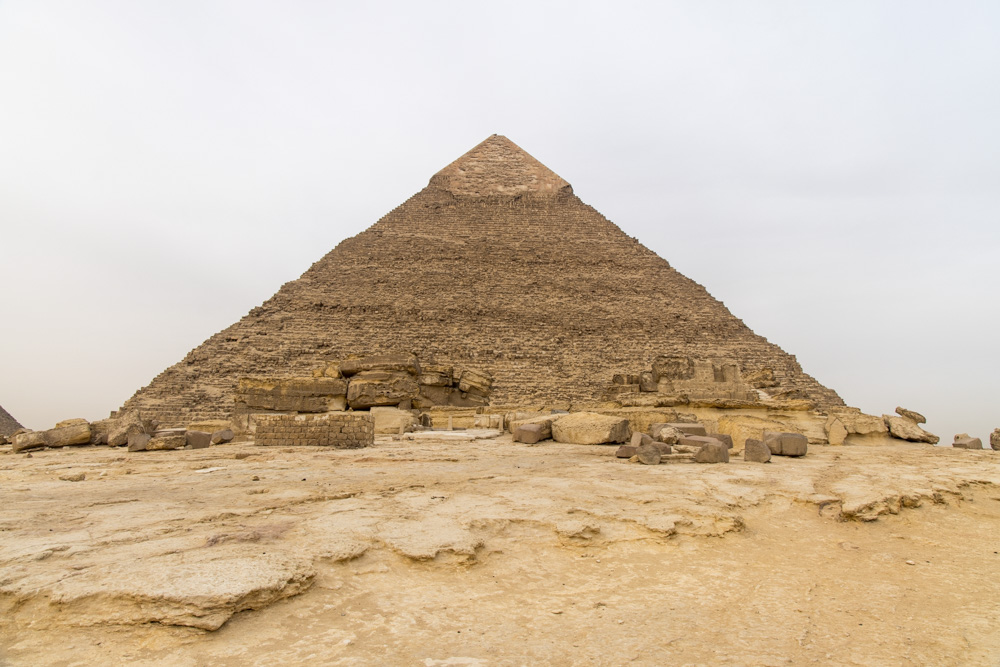
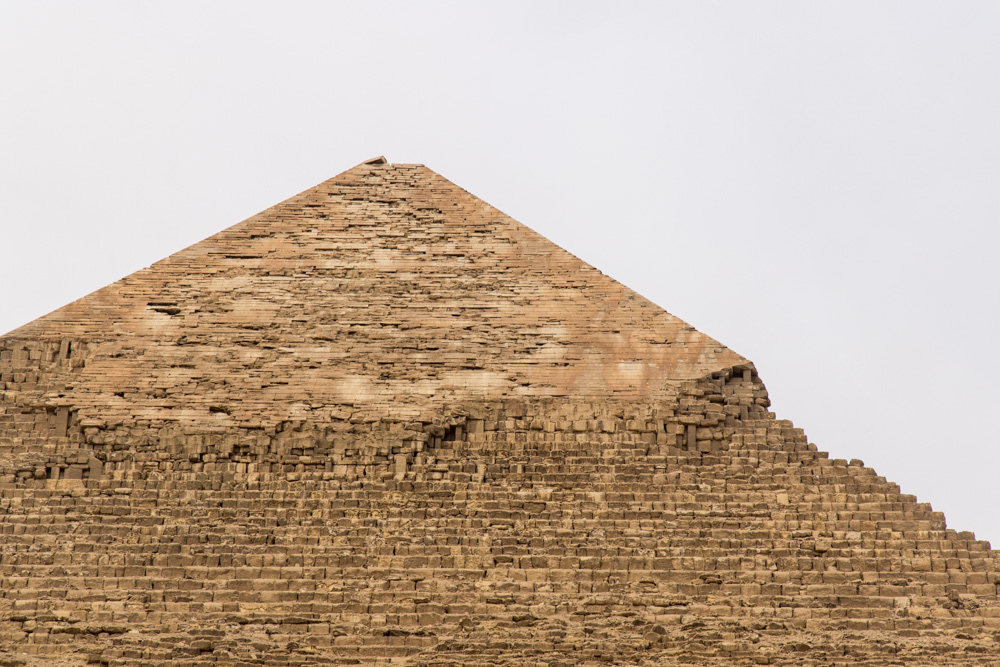
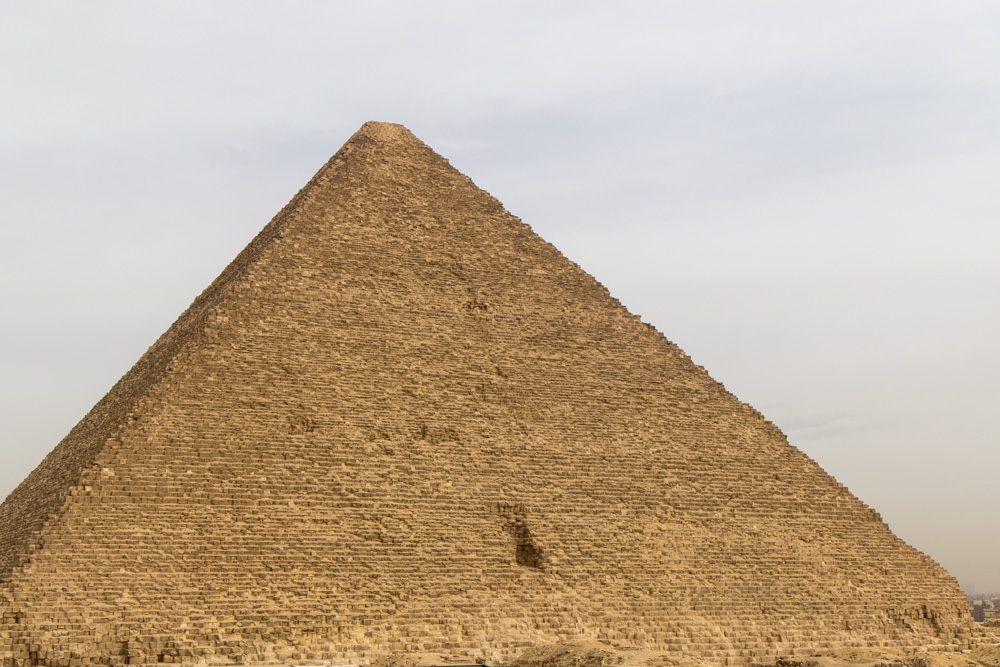
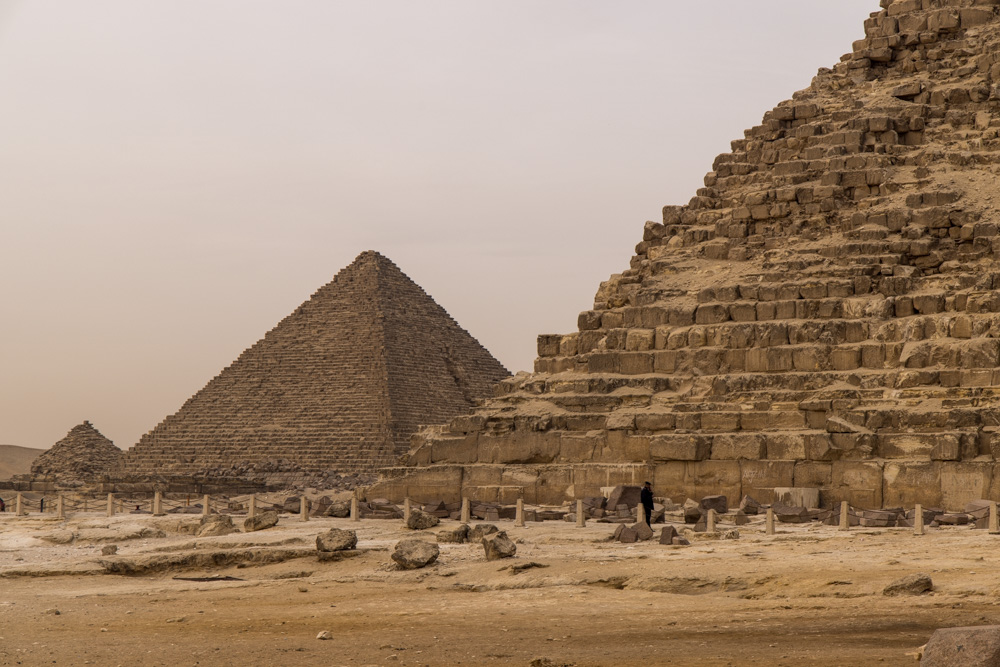

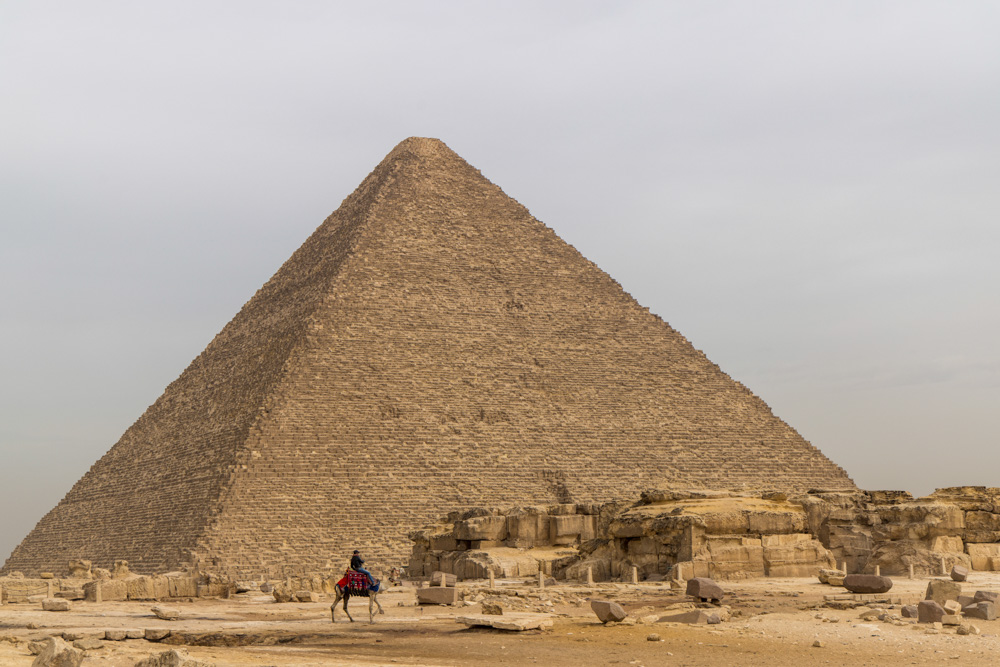
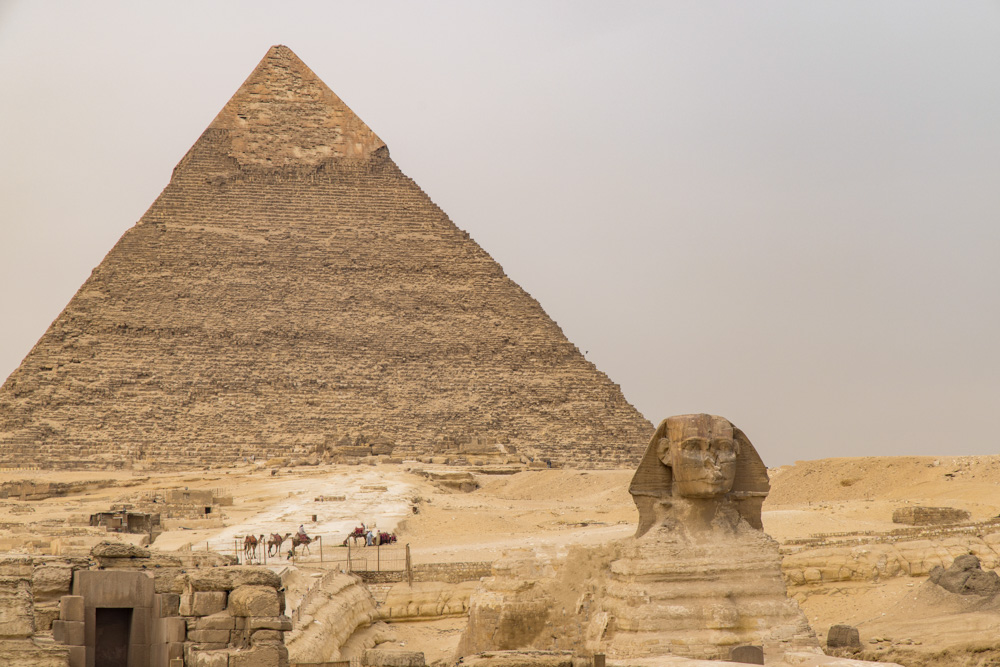
Behind the Great Sphinx is Khafre's pyramid - there is a landing from the Sphinx to the pyramid. It was built around 2,500 BC.
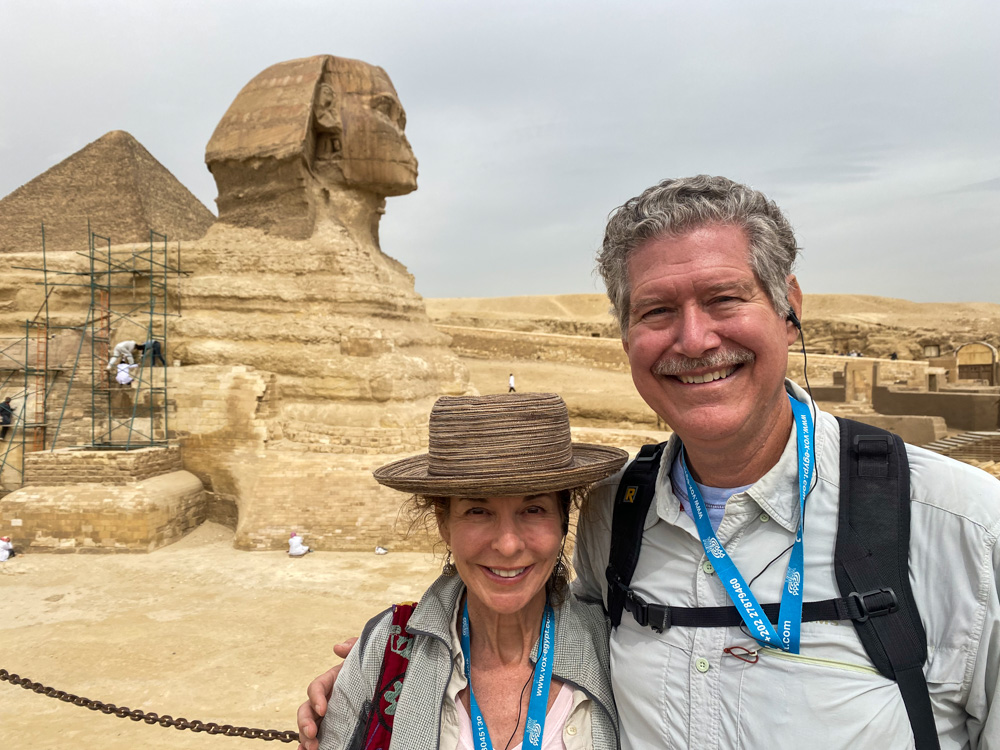
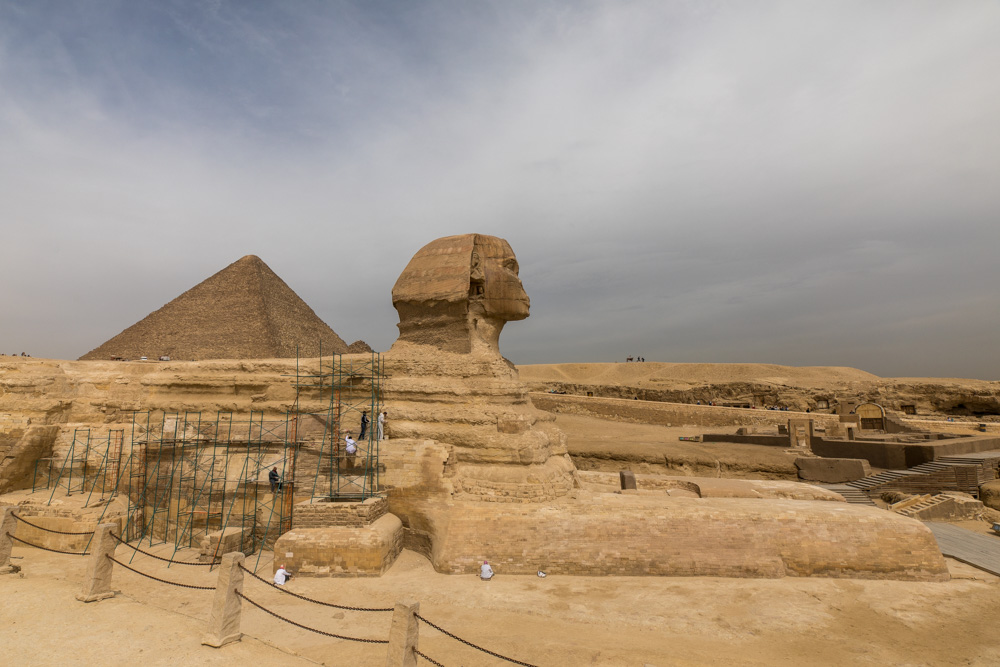
It measures 240 feet long from paw to tail, 66 feet high from the base to the top of the head and 62 feet wide at its rear haunches.
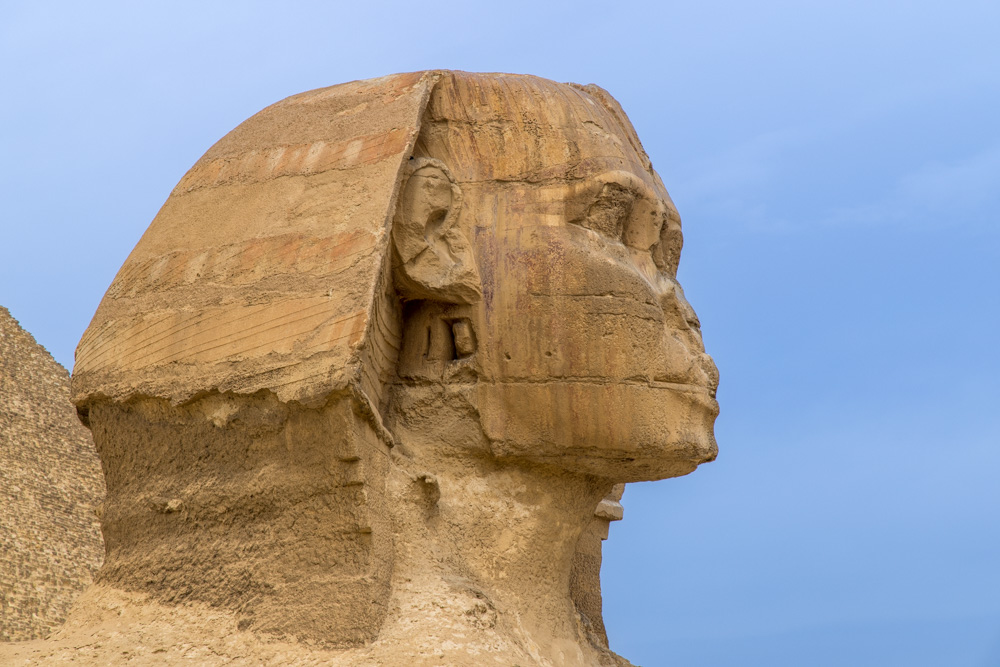
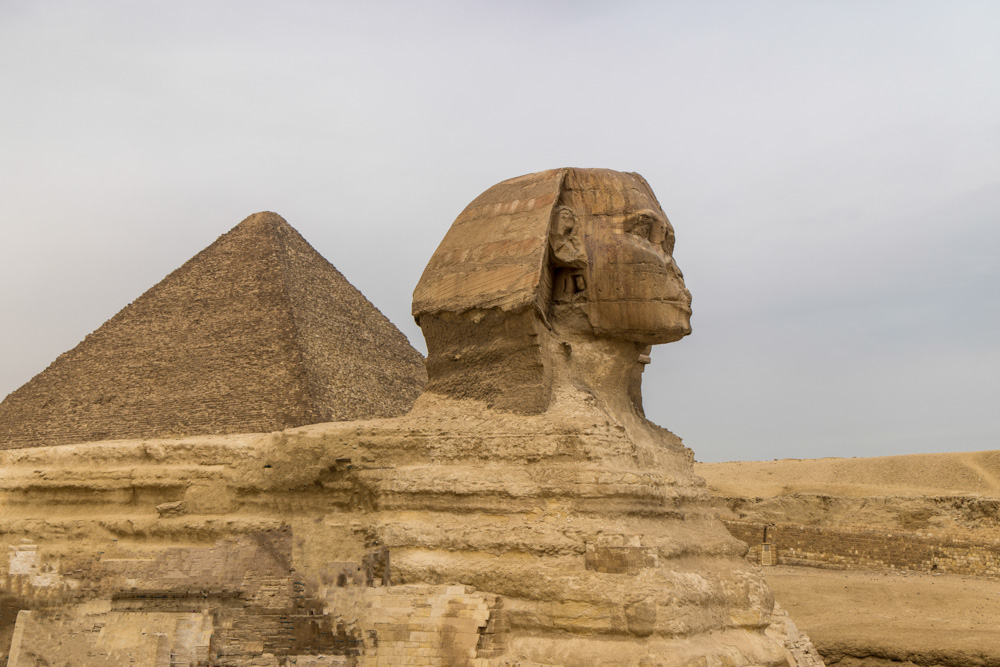


This picture aligned the sphinx and the pyramid.
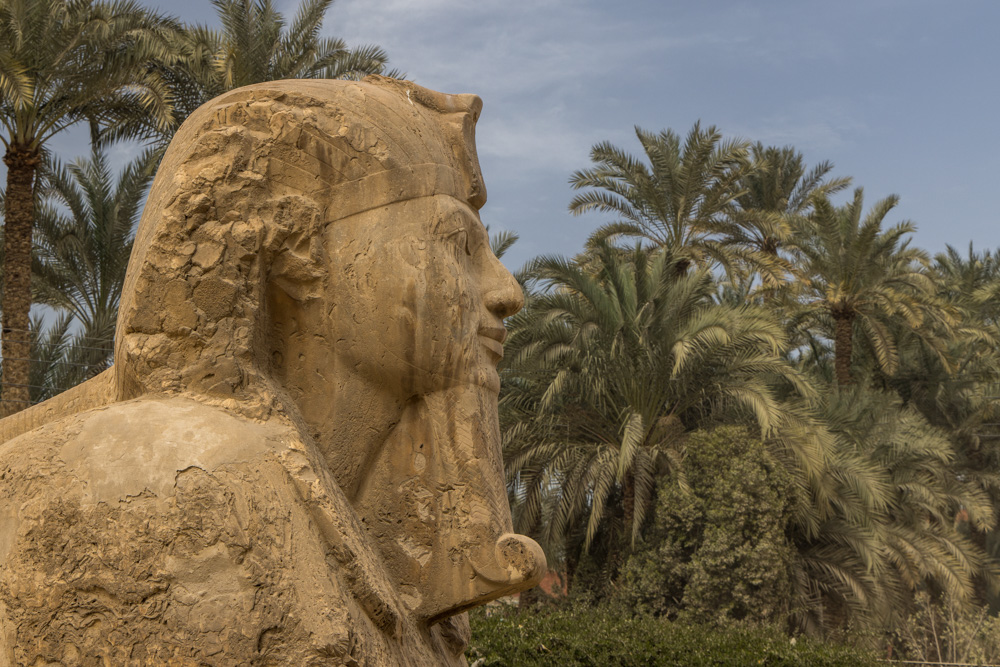
A giant alabaster Sphinx, weighing more than 80 tons, which once stood outside the massive temple of the god Ptah. They are not sure who the statue represents. It was found in the exact place it is displayed in the museum.
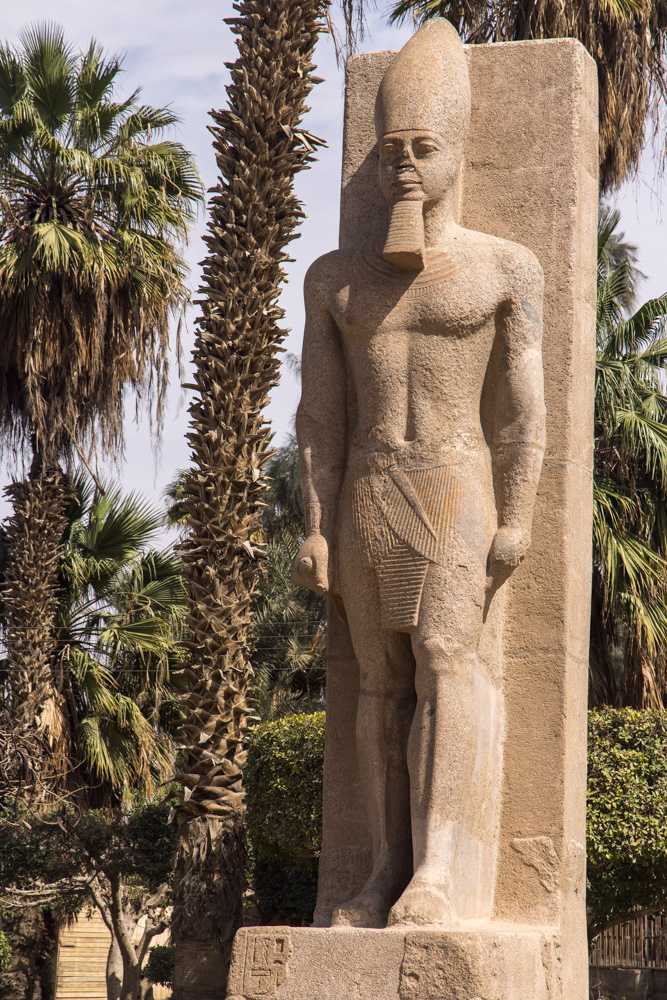
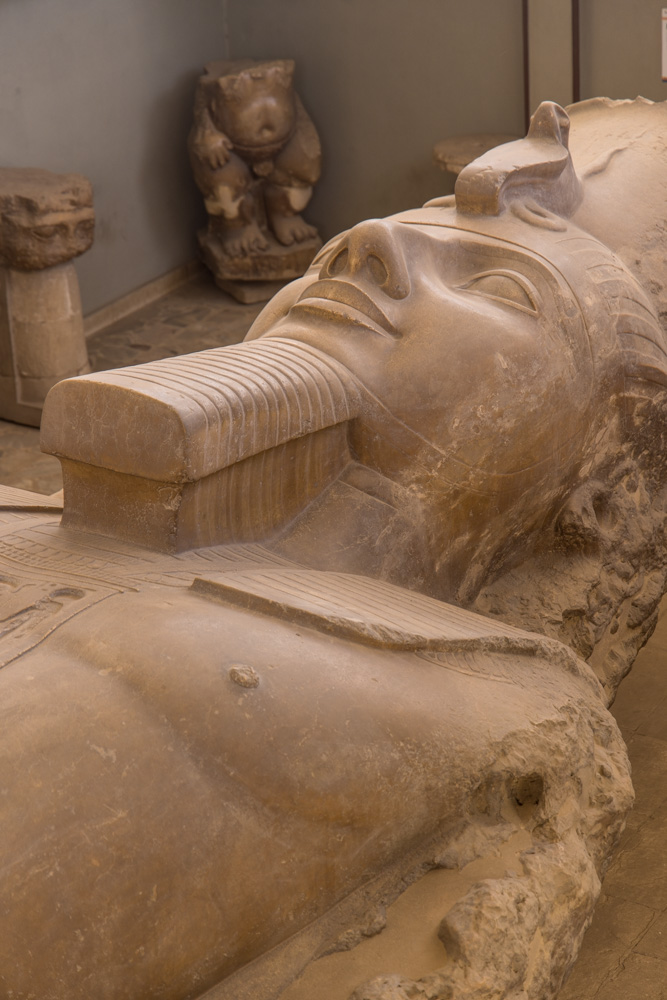
The colossus was one of a pair that historically adorned the eastern entrance to the temple of Ptah. The other was restored in the 1950s to its full standing height. It is in the new Grand Egyptian Museum (GEM).
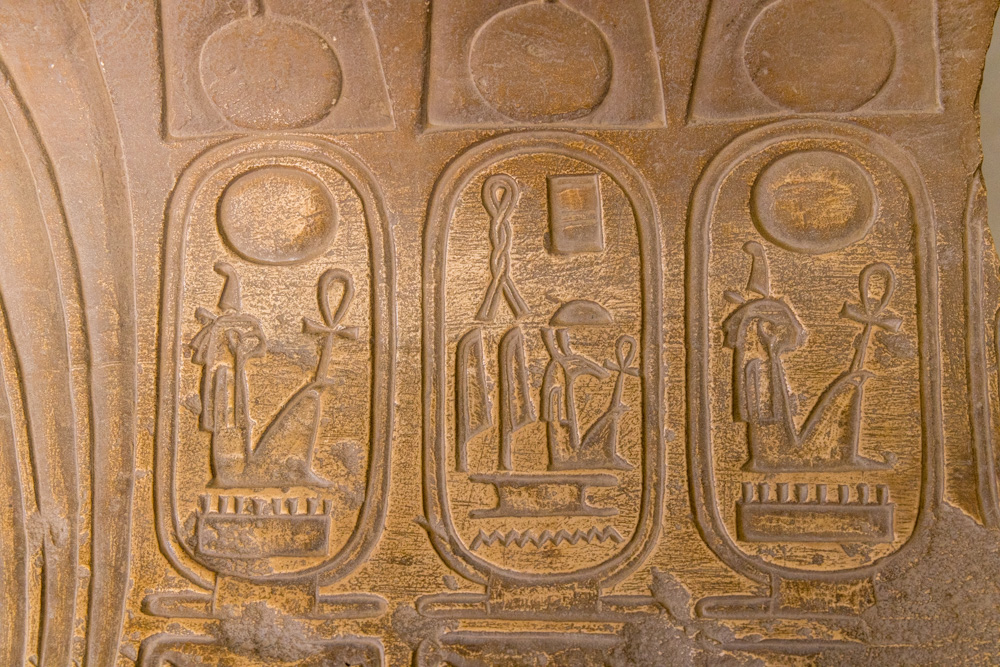
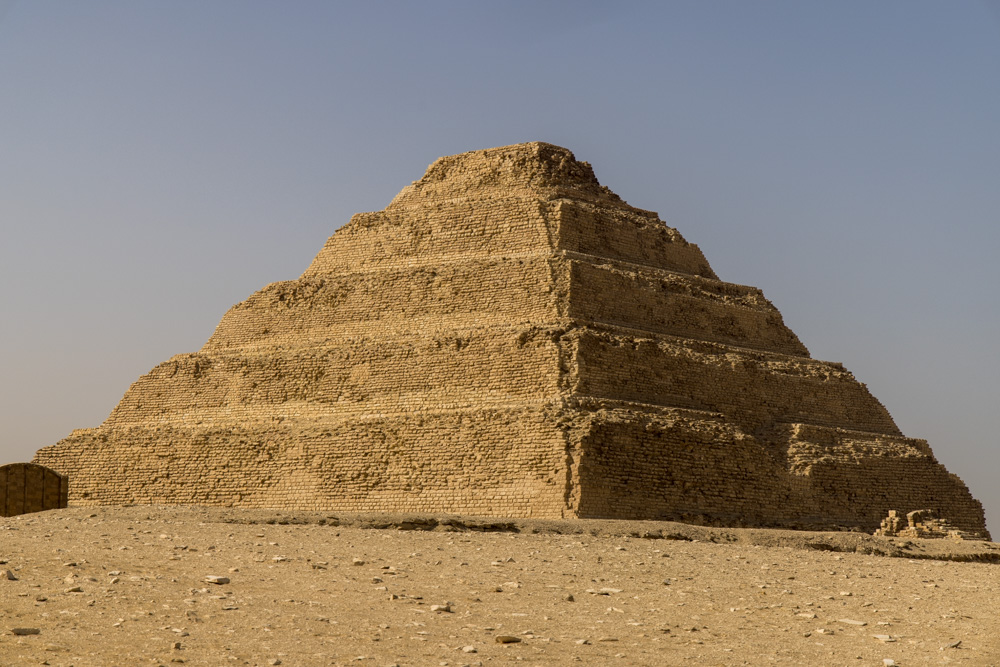
This pyramid is also known as the Step Pyramid due to its construction.
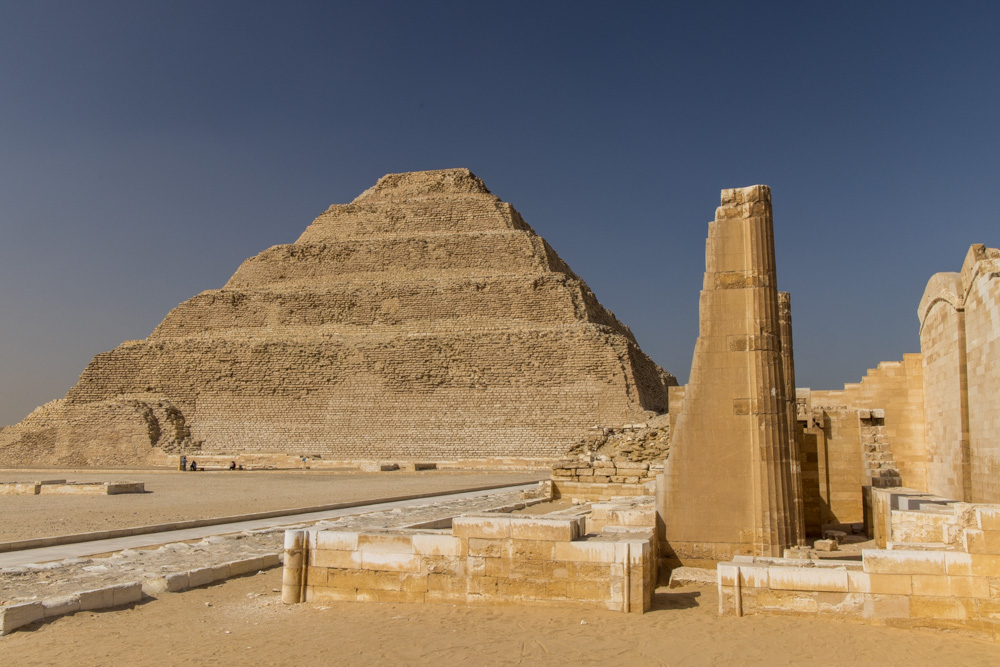
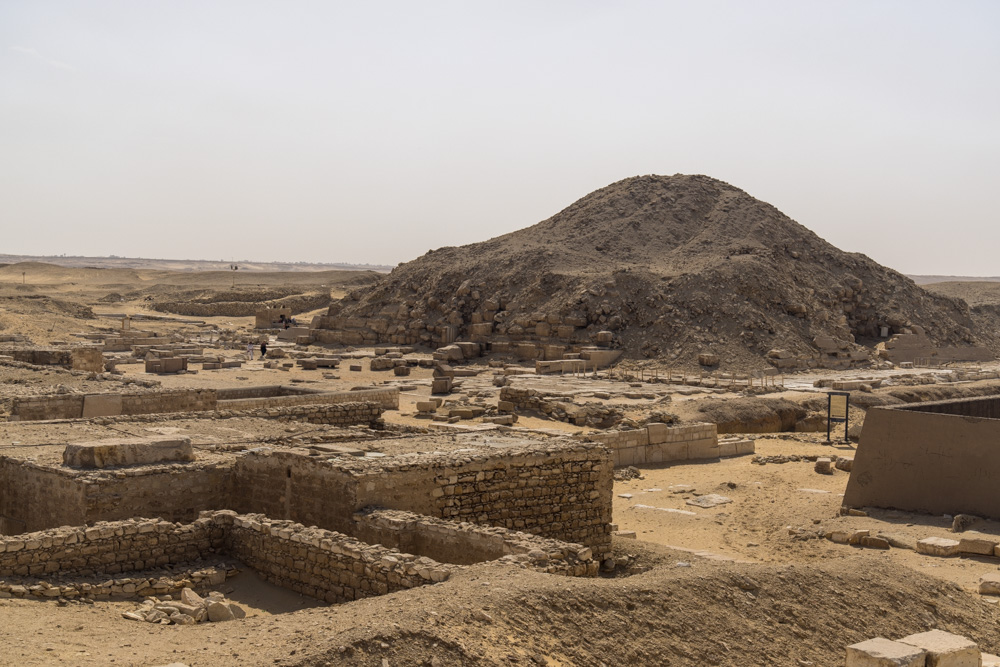
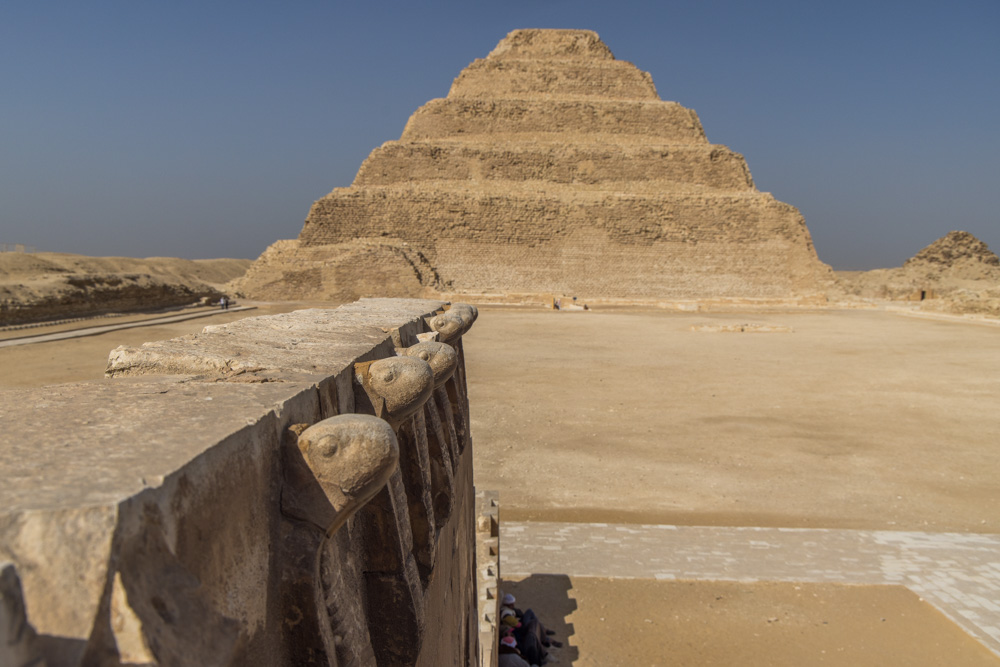
Wadjet was one of the earliest Egyptian deities and was often depicted as a cobra, as she is the serpent goddess.